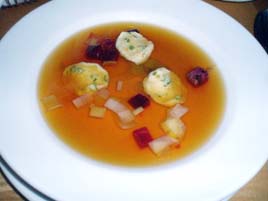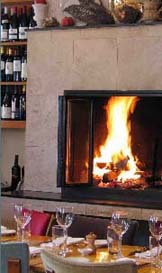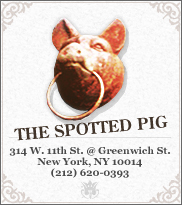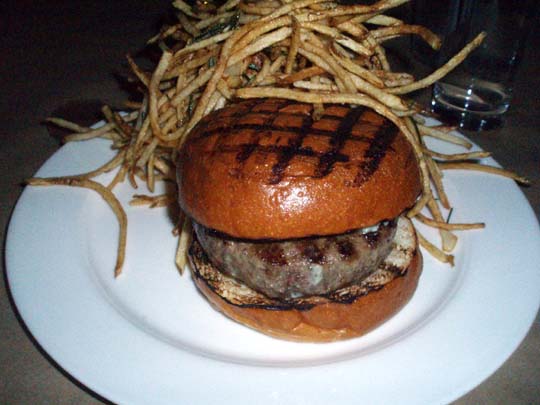Savoy
 Monday, March 9, 2009 at 02:43PM
Monday, March 9, 2009 at 02:43PM 

Note: Savoy closed in June 2011 after a successful 21-year run. It re-opened (with the same team) as Back Forty.
*
The restaurant Savoy, in SoHo, has been running a cassoulet festival in February and March, with different versions of the classic dish on the menu, depending on which week you visit.

We liked Savoy when we visited in late 2006, but it never advanced on my “revisit” list. You know the drill: so many restaurants, so little time. Chef Peter Hoffman’s version of the haute barnyard theme, new as it was when he inaugurated it nearly twenty years ago, has since then been replicated at dozens of other restaurants. Few have done it so well.
Some restaurants get you back by lowering their prices. Savoy did it by putting cassoulet on the menu. Next Saturday, March 14, they’re even offering a cassoulet tasting festival for $55, with different versions of the dish offered by six restaurants. (A portion of the proceeds will go to charity.) We weren’t up for quite that much cassoulet, but we were impressed with the sample we tasted last Friday evening.


The appetizers were examples of the simple, seasonlly-driven cuisine Savoy has specialized in. A large hunk of Crispy Pork Belly Confit ($14; above left) came with a poached apple, carrot purée, and cider jelly. A Beet Consommeé ($10; above right) kept company with goat cheese dumplings and baby leeks.


The cassoulet ($32) was cooked in the dining room fireplace. It can be made with a variety of ingredients, though beans are a constant. This version had goose confit, braised pork, house bacon, and Toulouse sausage. Among its many merits, it was one of the few cassoulets I’ve had that didn’t take 20 minutes to cool off to an edible temperature.
The room is one of the city’s unheralded romantic spots, and service is spot-on. The space was nearly empty when we arrived at 6:30 p.m. on a Friday evening, but just about full when we left over two hours later. I don’t know how many of the patrons were there, as we were, expressly for the cassoulet, but it certainly seemed popular.
Savoy (70 Prince Street at Crosby Street, SoHo)
Food: **
Service: **
Ambiance: **
Overall: **










